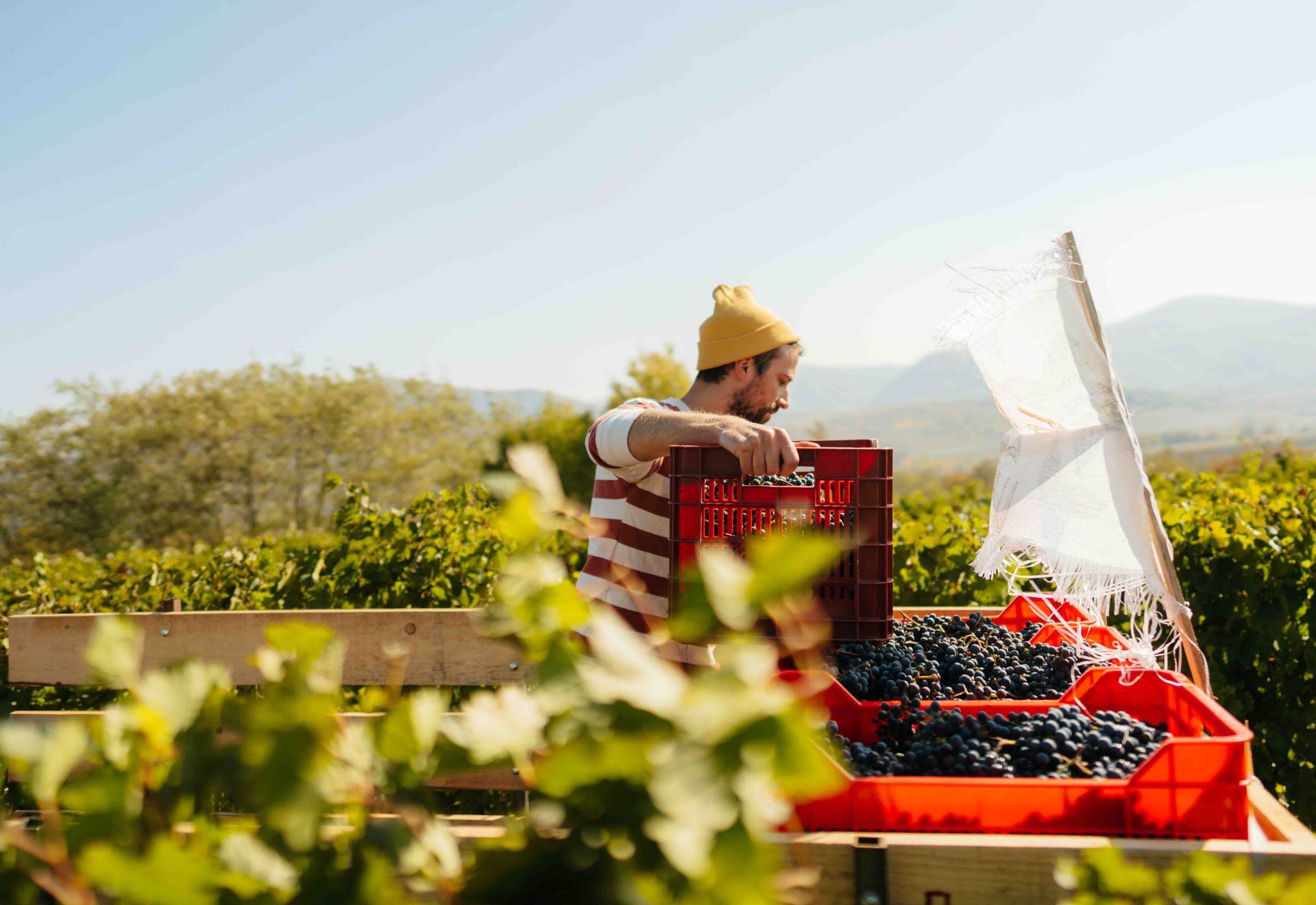In Australia, the occupational health and safety of farm workers is a major source of concern, with the combination of work health and safety hazards and the context in which farm work is carried out, making it one of the most dangerous occupations in Australia.
According to WorkSafe, people working in agriculture continue to be well over-represented in workplace deaths, making up about 14 percent of annual fatalities, despite the industry only employing about two percent of Victoria’s workforce.
Serious injuries are also common, with an average of eight people every week working in agriculture becoming seriously injured enough to make a worker’s compensation claim.
Despite these statistics and the obvious risks involved in working with heavy machinery, livestock and the often-changeable Australian environment, there is still very much an attitude that death or serious accidents won’t happen. A new WorkSafe campaign , “It’s never you, until it is”, is targeting this common industry mindset and encouraging farmers to put safety on the top of their to-do lists.
Here are some of the ways in which agricultural employers can begin to change the attitude towards safety in their workplaces, laying strong foundations that can better protect their workforce and business.
Safety is not a once off: it is a daily proactive attitude
The new WorkSafe campaign confronts the “bulletproof” attitudes among many farmers and agriculture workers, challenging the mindset that experience and common sense alone will prevent a serious incident. Leading the campaign is a series of videos that highlight the consequences of this attitude and what can happen when safety isn’t made a daily priority.
National Manager for CozWine Ed Milne says that being proactive, not just reactive, when it comes to safety is vitally important in maintaining safe agricultural workplaces.
“It’s not enough to rest on your laurels and assume everything is being performed safely and correctly”, he says. “Safety processes should be revisited every day, otherwise complacency can creep in, and that’s how people get injured.”
“It’s about firstly paying close attention to all areas of the workplace, and then looking at it through different coloured glasses. Ask yourself what you could do differently to make that space safe before an incident even occurs.”
Connection and education
When it comes to safety on farms and in agricultural settings, education is absolutely essential. And this doesn’t only refer to employees, but also to employers, who might need to educate themselves or keep an open mind about farming safety and their own long-held attitude towards it.
The recent WorkSafe campaign highlights the importance of listening to other farmers’ stories and eradicating some of the fear that may be associated with getting it wrong.
Third-generation vegetable grower Catherine Velisha , who took over her family’s enterprise three years ago, is one farmer who says she had to overcome her fear of “getting it wrong” with farm safety. As a result, she has taken steps taken to ensure safety on her property, and found that improving safety had been a boost, not a burden, to the smooth running of her farm.
“I think good safety actually means good business and it’s a benefit to productivity,
because when you’re constantly looking at your processes and your people, it makes sure that you’re running as effectively and as efficiently as you can. We see it as a benefit to our business, not a cost,” she says.
“I think fear is a huge barrier to people taking on a safety journey within their businesses… We need to help other businesses have access to people who will help them and meet them for where they are, so it’s no longer something to be fearful of but an improvement onto your business.
“I think the biggest impact that we’ve seen in our business is education. It’s about giving that approachable, understandable, real life knowledge to people that they can implement. My advice to farmers is don’t be afraid.”
It may be beneficial to start a safety group with other like-minded farmers in your area, or discuss what others are doing when you catch up with them at industry events. This allows safety to become an open conversation and receive the airtime it deserves, given the high rates of death and injury in the industry.
It is not just about physical health
A major concern regarding the health and wellbeing of farming communities is the increased risk of suicide and stigma associated with it. Farming is a physically and psychologically demanding occupation. In recent decades, farmers have faced periods of extreme uncertainty and stress due to extreme weather and, more recently, a reduced labour pool due to the ban on international travel. It has been found that the suicide rate for agriculture workers in Australia was 1.6 times higher than the average for all employed people.
A 2016 report from the University of New England found there are common cultural norms within Australian farming culture, such as the idea that ‘by admitting I am struggling, people will see me as weak and no longer trust me”, while also being accompanied by traditional masculine stereotypes that denounce emotional openness and vulnerability, favouring self-reliance and encouraging risk-taking.
Given these high rates of suicide and the stigma often surrounding mental health in agricultural settings, it may be important for employers to assess what the attitude towards mental health is within their own workplace. Is there enough support available to employees who may need it? Is there a permeating culture that views discussions around mental health as negative? It is important to put processes in place that ensure the safety of their workforce’s mental health.
If you require assistance in ensuring the safety of your workforce, contact CozWine today for initial workplace assessments and expert employee safety inductions and training.



